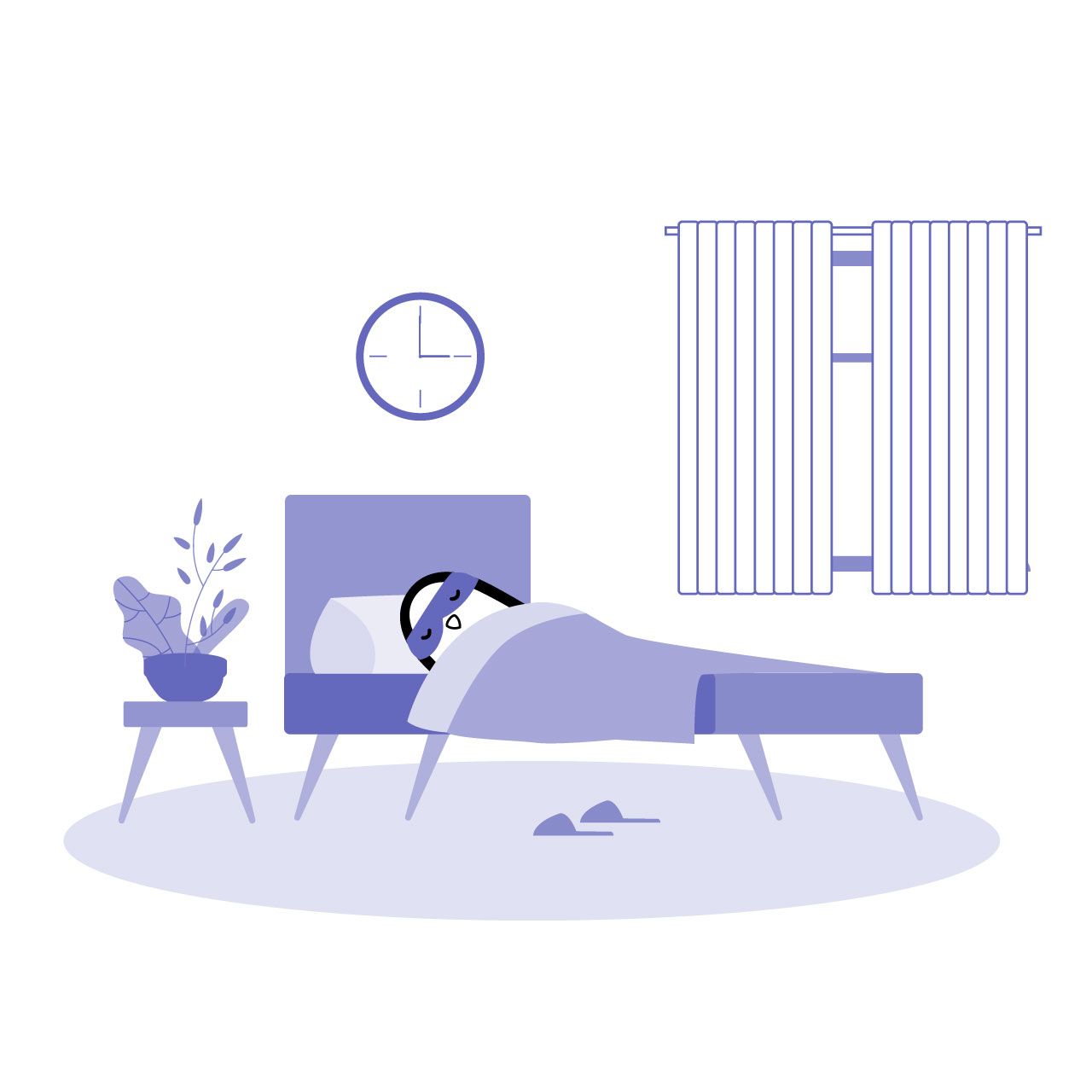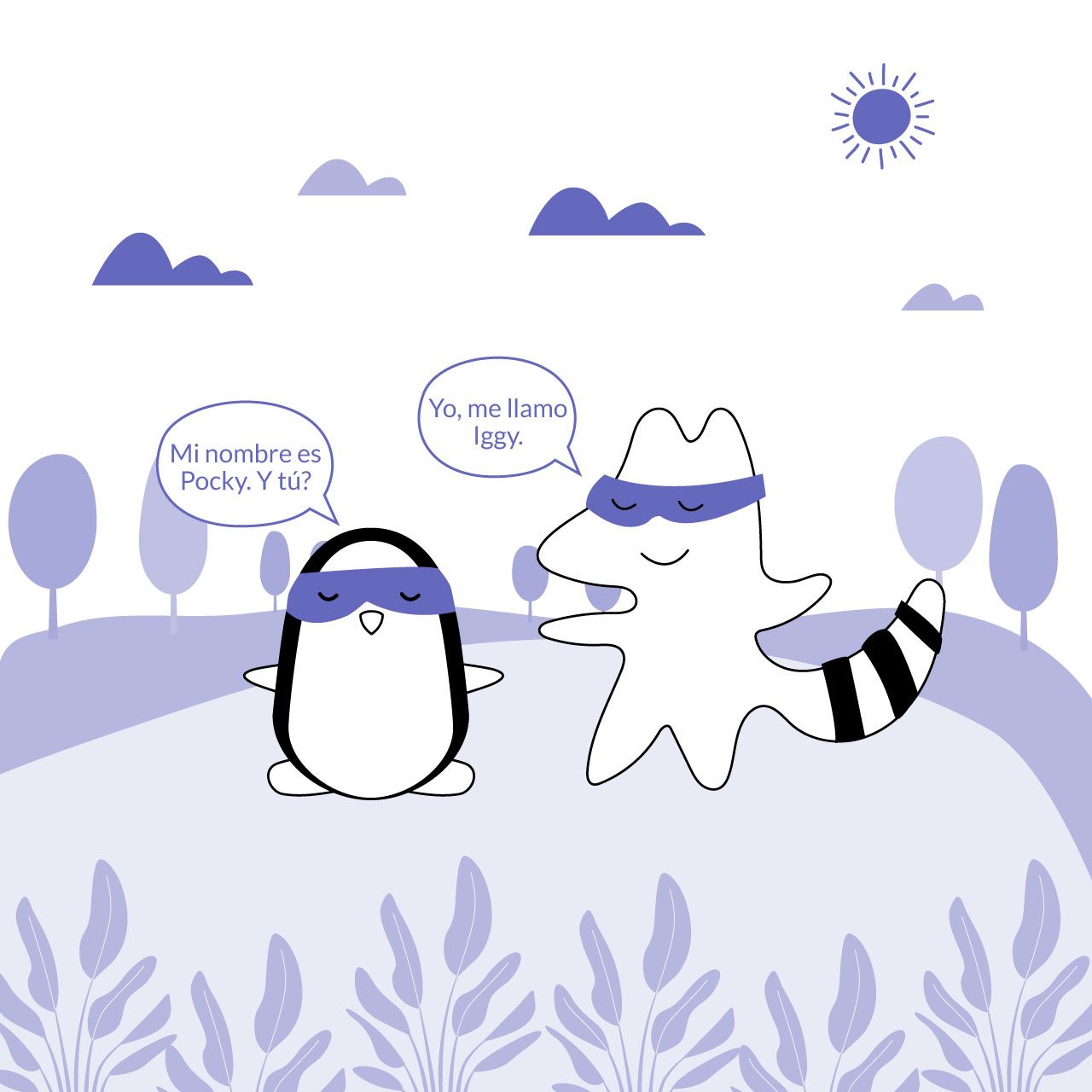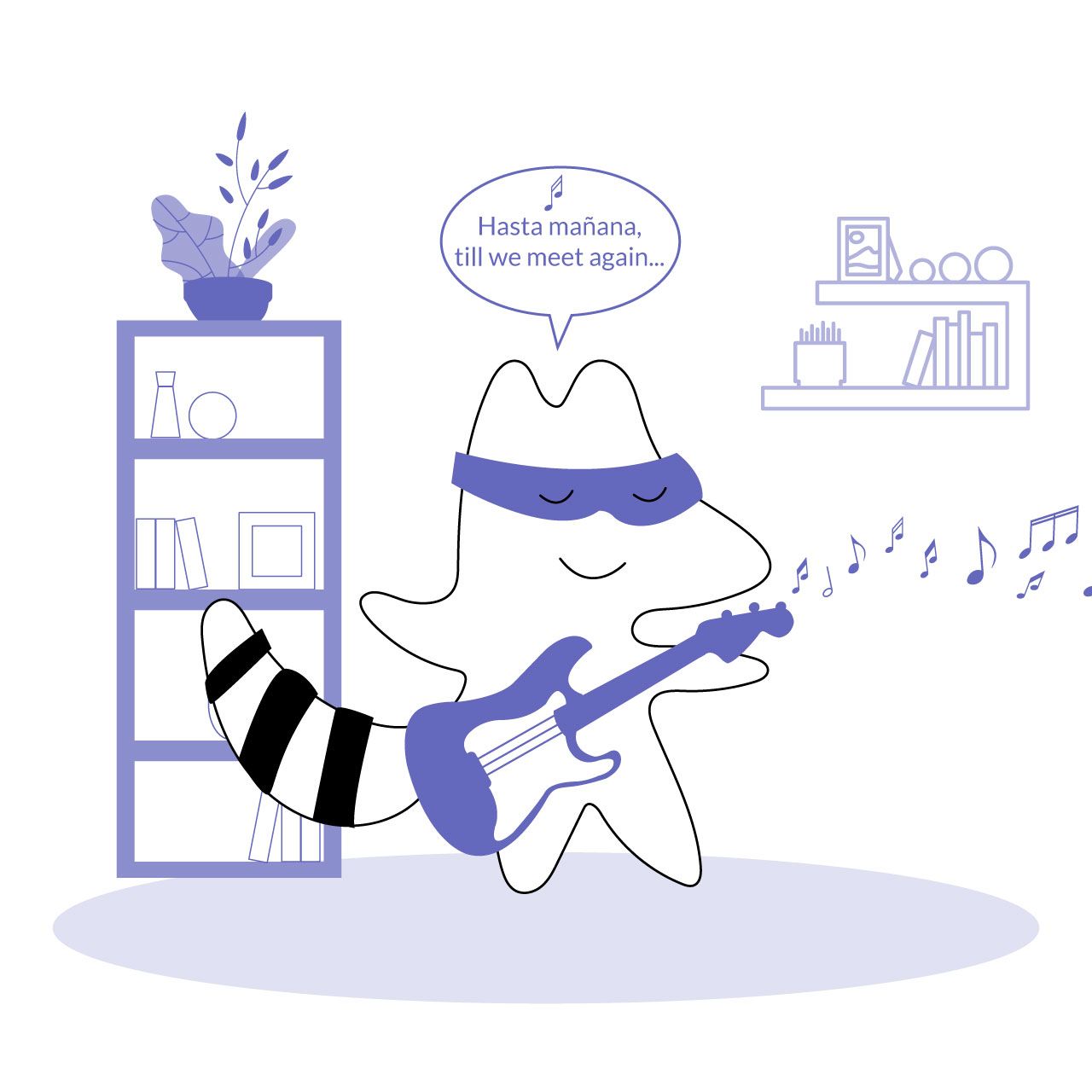
Every conversation starts with “hello.” You already know that “hello” in Spanish is "Hola,” right? But just like in English, Spanish greetings don't stop just there.
There are a bunch of ways you can say hello in Spanish. Moreover, depending on the situation, the greeting is usually followed by a little conversation or at least a question about someone's current mood, state of health, or situation.
Now, you might be wondering how to make a good first impression with only a few words when visiting a Spanish-speaking country without being seen as rude or arrogant. In that case, let us guide you through the best ways to start and end a conversation with someone in Spanish by learning a few essential words.
Learn Spanish with Langster
Hello in Spanish - The Times of Day
If you want to greet someone in Spanish properly, there are several factors you need to take into consideration. They are:
- The time of day/night
- The situation (formal or informal)
- The difference between greetings and goodbyes
One of the most common ways to greet someone in Spanish is simply to say a friendly “Hola.” This term is basically a "hi" in Spanish and is used to greet family members, friends, and colleagues in informal situations.
“Hola” can be used at any time of the day or night when we meet somebody. You can never go wrong with saying Hola. Just remember that the h is silent in Spanish, so the correct pronunciation of Hola is without the h (ola).
Add Some Formality
When the situation is more formal, hola can be replaced by other Spanish greetings, which change depending on the time of the day or night:
Spanish
English
Buenos días.
Good morning, Good day.
Buenas tardes.
Good afternoon.
Buenas noches,
Good evening.
Something to remember here is that buenas noches can be used as a formal Spanish greeting, and it also means “good night.” If you use it as a “good night,” you could add que duermas bien, which is translated as “sleep well” (literally, it means: “so you dream well”).
Fun fact: One curious detail is that buenos días, buenas tardes and buenas noches are formal ways to greet in Spanish, but when Spanish natives want to greet friends or family or neighbors in an informal way, they will just say “buenas” or "cómo le va" as an alternative to “hola”.
You will hear this a lot if you pay attention - it's very common.
The Clock Runs Differently
Spanish speakers are generally quite relaxed when it comes to time, so don’t be surprised if you hear “buenos días” until 3 pm or so, even though in other countries, the "good morning" won't apply anymore. “Buenas tardes” can be used without arousing suspicion up until about 8 pm.
What’s more, in Spain ¡la noche es joven! (the night is young) even when it’s rather late, so you can start using “buenas noches” from 9 pm onwards. In English, you might not wish someone good night unless they’re about to go to bed. However, it’s perfectly normal to do so in Spanish! The clock just runs differently.
As a matter of fact, the Spanish also have something called a siesta, which is basically a break in the middle of the day (and which is very common in the office world). From 2 pm to 4 pm, or even sometimes 5 pm, people will stop working and take a nap.
The siesta functions as an extended lunch break. It’s a perfect example of the Spanish relationship with time. Everything happens just a little bit later when it’s not so hot outside.

How to Say “How Are You” in Spanish?
Similar to the English language, after saying “hello,” it is often customary to then ask people, “How are you?” Bypassing small talk can be perceived as rude. In certain Latin American countries, it is even considered impolite not to individually say “hi” and “goodbye” to each person in a group individually.
Spanish culture is very extroverted, so you wait for the answer and respond - and not just leave it with a “good, thanks.”
If you ask a Spanish person how they are, you can expect to get a longer answer than a French or German person would be used to. They might right away fully engage you in a conversation, telling you all about their emotional and physical well-being, so be ready to talk. To ask, “how are you?”, you can say: ¿Cómo estás? or ¿Que tal?
“¿Qué tal?” is the most common way to ask somebody how they are in Spanish and can be used both in formal and informal situations. It translates to something like, “How is it going?”
“¿Cómo estás?” is an informal way of saying, “How are you?” To make it sound more polite, you can add “Sir” or “Madame”. For example, if you meet someone in a formal occasion or setting, or if you meet an elder person, you will always use a polite form, you can say:
Spanish
English
¿Cómo está usted?
How are you Sir, Madame?
When asked how you are, the most common response is: “Estoy muy bien, gracias” (I am very well, thank you). If you feel bad or ill, you can say something like “No muy bien” or “Regular” to imply that things could be a little bit better.
Some other common Spanish phrases used when greeting someone include:
Spanish
English
¿Cómo te va todo?
How is everything?
¿Qué hay de nuevo?
What's new?
¿Qué pasa?
What's up?
Helpful Phrases for Meeting Someone
If this is your first time meeting someone, you’ll need to know how to respond to certain expressions. Let us guide you through the most common ones:
For example, when you meet somebody, they might say Encantada de conocerte (Nice to meet you), you can reply with “Igualmente” (literally 'equally'). Another possibility would be to say Fue un placer (It is my pleasure).
Note that this is a very polite expression, and people will appreciate that a lot. It’s a good one to remember when you are meeting your native Spanish-speaking boyfriend or girlfriend’s parents for the first time. It will be sure to leave a good impression!
After you introduce yourself, you’ll want to be able to say your name. Instead of a greeting, you might hear ¿cómo te llamas? or “what’s your name?” When someone asks your name, reply with “Me llamo [first name].” ¡-¿Cómo te llamas? - Me llamo Mika. To send the question back and ask the other person, you can say: ¿Y tú? (And you?)
You also have another option. Instead of saying Me llamo, is using the simpler I am (soy). In that case, you can say, Soy Mika, which also translates to “I am Mika.”
We don’t want to overwhelm you here, but we’d like to share one more phrase that might come in handy. Somebody might ask you:
Spanish
English
¿Cuál es tu nombre?
What is your name?
The simplest way to respond here is to repeat the question in the right person: Mi hombre es Mika. So the conversation would go something like this:
- Hola! ¿Cual es tu nombre / cómo te llamas?
- Me llamo Mika / mi nombre es Mika. Y tú?
- Yo me llamo Vica. / Mi nombre es Vica.
- Hola Vica. Encantada de conocerte.
- Igualmente.

Greeting Rituals
Cheek-Kissing
When you are meeting someone with whom you have a somewhat close relationship with (rather than a quick “buenos días,” like with a shopkeeper), you may find yourself in a situation where you will give an air kiss on the cheek.
If you’re male, it’s expected that you shake hands with other males and “kiss” females on each cheek when greeting them.
Females generally give “kisses” (which are referred to as “besos”) to everyone. Of course, this varies depending on the country and context, so it’s always best to wait for someone else to initiate and follow their lead instead of attempting to give a kiss to everyone randomly. The number of kisses tends to vary, so watch out for that.
Handshakes and Hugs: The Right Way
Handshakes are used in most parts of the world, not only in Spain and Latin America, and not just during business occasions, but also in informal settings where you either don’t know the person or know them but are not really close friends.
Hugs are usually given to friends in Latin America and Spain. These cultures are very warm-hearted, and if you are going to dinner with a friend where your friend knows everybody, you will most likely be treated like one as well, so a hug as a greeting is nothing uncommon there.
For guys, one-armed hugs with a bit of back-slapping can be employed to show enthusiasm and companionship. English speakers may know this as a “bro hug.”

How to Say Goodbye in Spanish
Similar to saying Hello, saying goodbye has a variety of ways. From a simple wave with the hand followed by a cheerful adiós, to a polite ciao, there are numerous ways to depart gracefully from any situation.
Adiós: You’ve probably heard “adiós” as the primary way of saying goodbye already somewhere. It’s similar to “goodbye” in English and is appropriate in many situations. You may use it when you don’t plan to see the person for a while (like when you leave a restaurant, for example).
When you learn Spanish, you can use diós, or hasta luego (see you later) as your primary expression to go with, but as with English, there are also many other ways to say goodbye. Some examples are:
Spanish
English
Hasta pronto.
See you soon.
Hasta ahora,
See you later.
Hasta mañana.
See you tomorrow.
Hasta el lunes.
See you on Monday.
Hasta la próxima.
See you next time, or see you soon.

What Else?
As you can see, there are numerous ways to say hello and goodbye to someone in Spanish - and they often exceed the basic phrases you might have heard already. By using the above expression in the appropriate situations, you should be able to make a great first impression on your new acquaintances while being confident enough to speak freely.
Spanish is such a beautiful language, isn’t it? It’s not just the language, though - Spanish and South American people are very open, and they will be happy with every attempt you make to learn their language. There is no going wrong here, so you can be confident to practice more.
Now it’s your turn. Are you keen on learning Spanish? If you enjoyed this post about saying hello in Spanish and are eager to discover more about the Spanish language, check out some other posts on our blog or download our app - and we hope that you have fun.
Learn Spanish with Langster






